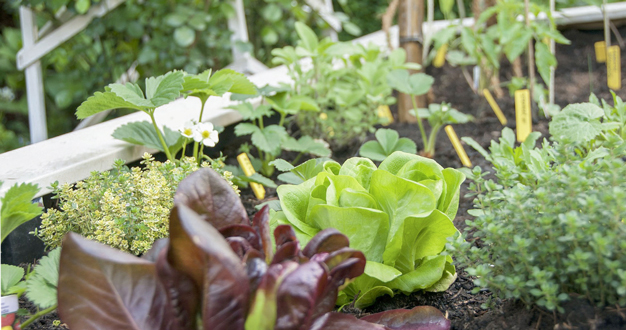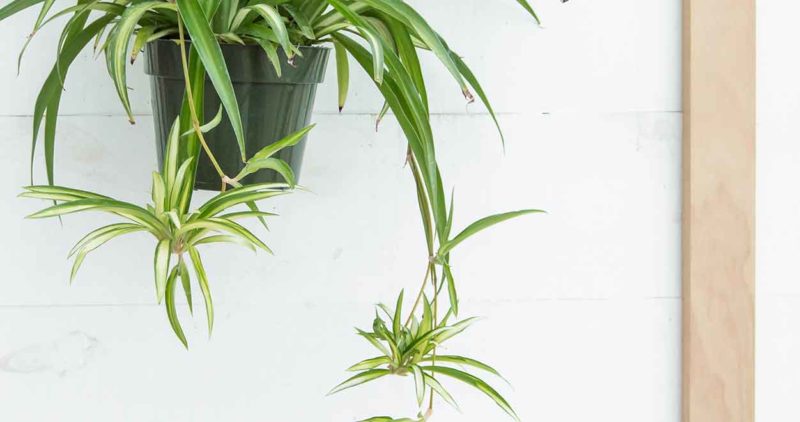
As all plant parents know, good light means happy houseplants. And in the right light, everything else about a plant’s care is easier to manage too. From knowing when to water, to encouraging growth, to avoiding the occasional bug, placing each of your houseplants in the right light is key to success. But what is the “right light?” And where can you find it in your home? Here, we talk about the different values of indoor light that plants may like – direct, indirect, and low – and we introduce a few examples of houseplants for each.
Not All Light Needs are Equal
All houseplants need light for photosynthesis – using light, water, and carbon dioxide to create sugars for their own energy and growth. But plants vary in the amount of light they need to do this. Some plants need to feel the direct rays of the sun on their foliage to perform their best. Others only need dappled, diffused light. Some houseplants can adapt to a wide range of light values, while others might wilt, turn pale, or develop weird spots if the light is too intense or not intense enough.
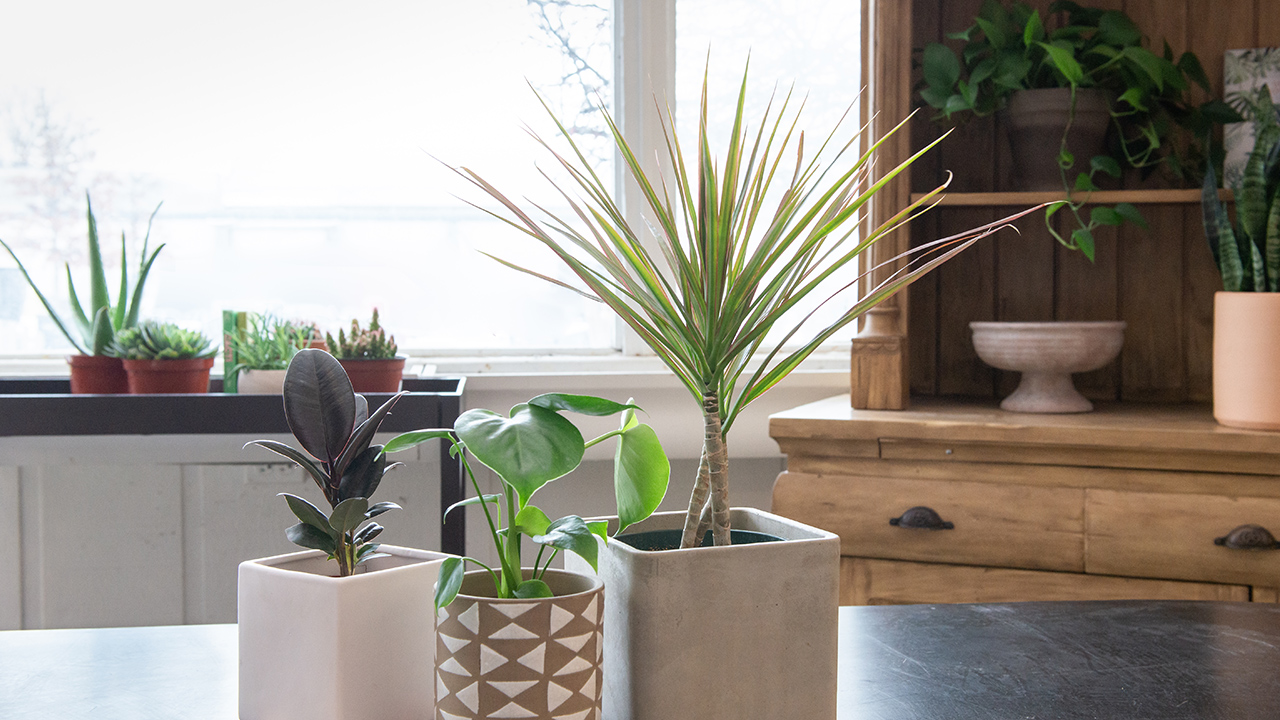
What Kind of Light Do I Have?
When you’re just learning about a new houseplant, you’ll find suggestions for its preferred light – usually described as “direct,” “indirect,” and “low.” But what do these words mean in terms of the light coming into your home? To determine what kind of light your plants experience in different indoor locations, we like the method our friend Darryl Cheng, creator of the popular House Plant Journal, suggests. It’s as easy as sitting in the spot your plant sits and taking note of how much sun and sky it can “see.”

Direct Light
According to Darryl, direct light exists where your plant has an unobstructed view of the actual sun – with its rays falling directly on the foliage. Depending on the direction the window faces, the number of hours of direct light your plant experiences can vary from just a few minutes each day to several hours. In most homes, a south window offers the most hours of direct sun, with west windows coming in second, east exposures offering some, and the north side no direct light at all.
Houseplants that thrive in direct light include cacti and succulents, citrus plants like lemons and oranges, many flowering tropicals like hibiscus, some palms, and carnivorous plants.
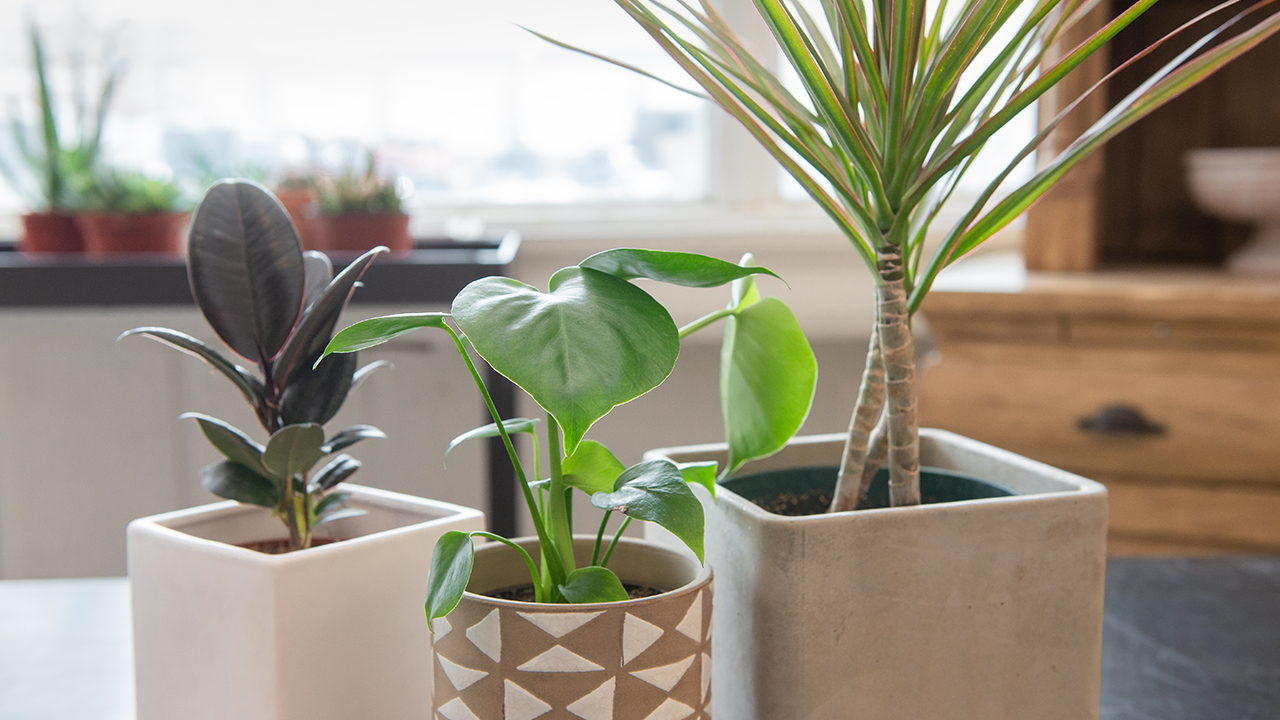
Indirect Light
If your plant can see the sky – but not the sun itself – that’s indirect light. And Darryl adds, the wider the view of the sky, the brighter the indirect light will be. Indirect light can mean several different things. It can mean an unobstructed view of the blue sky through a nearby window, or it can mean direct light that diffuses through a thin shade or sheer curtain. This level of light can exist close to an east or north window – or a few steps back from a south or west window too.
You’ve probably noticed that for most of our favorite foliage houseplants we recommend indirect light – and usually bright, indirect light. Philodendrons, monsteras, sansevierias, orchids, ferns, bromeliads, rubber plants, and dracaenas are just a few examples.
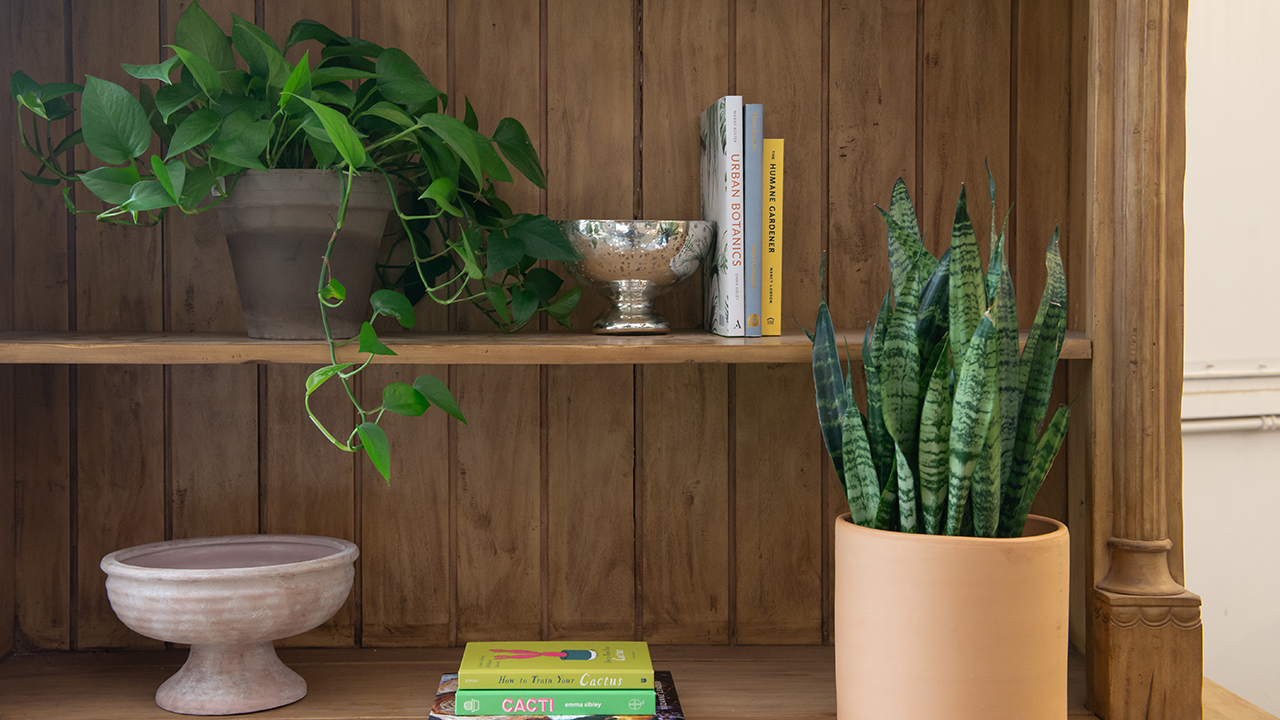
Low Light
Some plants can live in low light too. Low light is found where the plant has no direct view of sun or sky. It could be an office cubicle or a corner across the room from a north window. Some houseplants that can tolerate low light include sansevieria, pothos, philodendron, ZZ plant, peace lily, and calathea to name a few. But remember low light is not the same as zero light, and tolerating is not always the same as thriving. Although these plants can survive in low light for long periods of time, they may not grow as quickly, show foliage color and pattern as vividly, or produce flowers unless they experience at least some brighter light. If possible, rotate your low-light plants to brighter spaces occasionally to let them soak in a little extra light energy for a while.
We’re Here to Help
Understanding how plants use light is key to a healthy and growing collection. If you have any questions about giving your plants the amount of light they need, we’re always here to help. Feel free to give us a call or stop in and talk with our Plant Care or Greenhouse team anytime.


